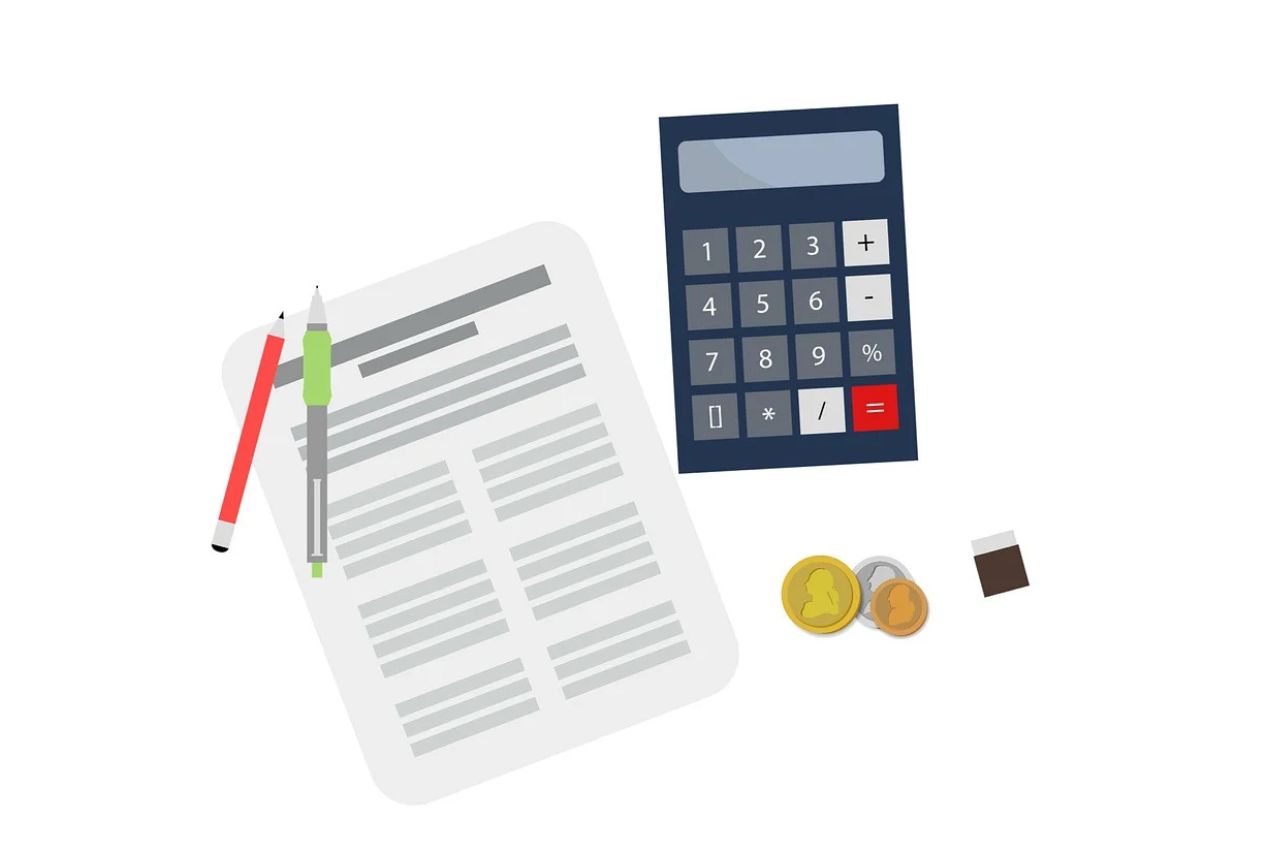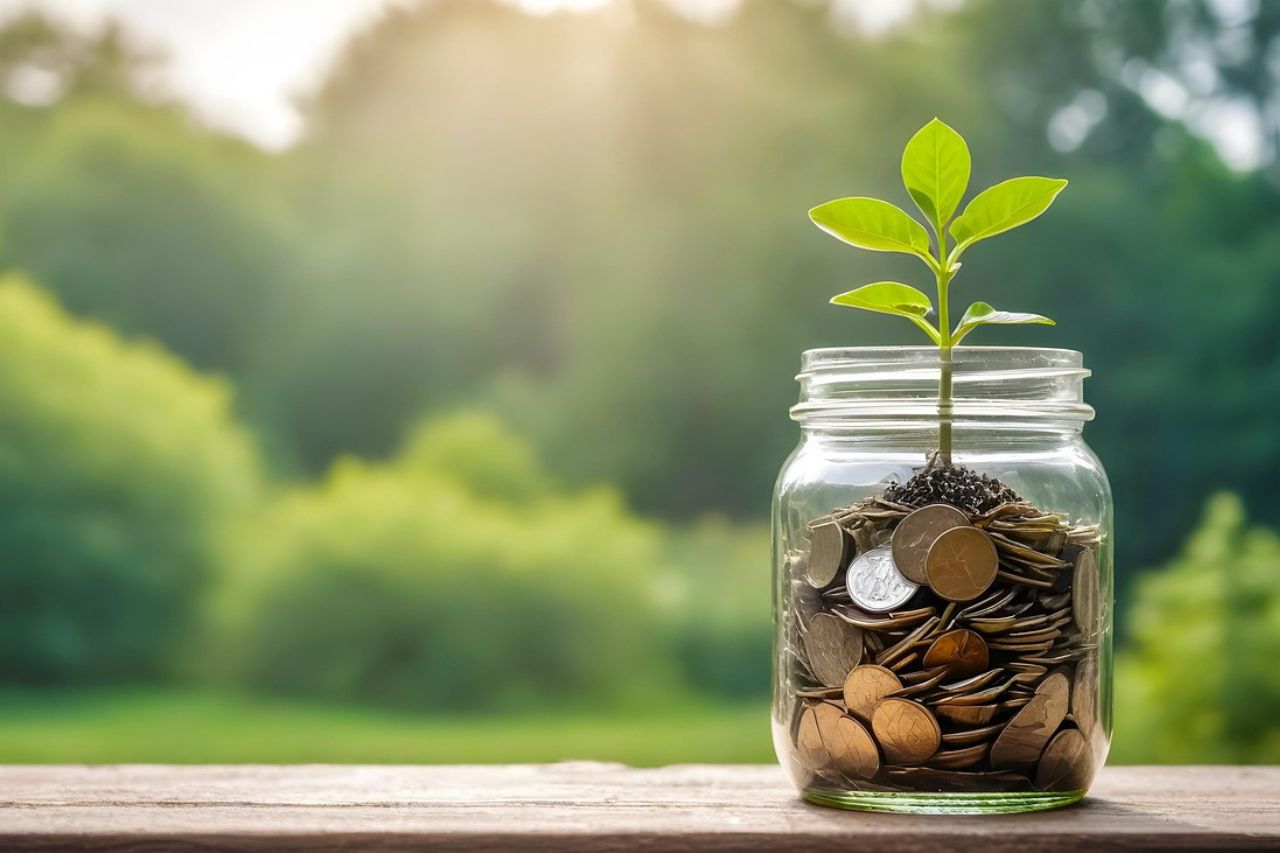Budgeting for nonprofit organization is more than tracking income and expenses—it’s about being financially sustainable while fulfilling your mission. Unlike for-profit businesses, nonprofits must juggle donor restrictions, fluctuating funding sources, and the need to prove impact with every dollar.
Whether you’re running a cat rescue, farm sanctuary, or youth outreach group, a strong budget helps you make smarter decisions, allocate resources effectively, and plan for long-term success. In this guide, we’ll break down the budgeting process step by step, with practical examples and tips to help your nonprofit stay on track (and thrive).
- Turn your budget into a mission-aligned roadmap.
- Balance unpredictable revenue with real-world costs.
- Use program, fundraising, and admin budgets with confidence.
A good budget doesn’t just say what you’ll spend—it proves how every dollar moves your mission forward.
Budgeting for a Nonprofit: The Basics
A nonprofit budget is more than just a spreadsheet—it’s your financial game plan. It outlines expected income and expenses so leadership can allocate resources wisely and keep the mission moving forward.
Unlike businesses with predictable revenue, nonprofits rely on grants, donations, and often inconsistent funding streams. That’s why budgeting for nonprofit organization requires planning for the unexpected and aligning every dollar with your mission.
It’s the story of how you’ll turn donor support into real-world impact—before the year even starts.
How to Budget for a Nonprofit: Step-by-Step Guide
Step 1: Financial Situational Analysis
Start by reviewing past financials—look at donation trends, grants, and spending habits. Are there seasonal dips in revenue? Surprises in expenses? Also check your assets, liabilities, and cash reserves.
Step 2: Define Financial Goals
Goals give your budget purpose. Whether you’re planning to expand a program, build a reserve fund, or buy a new van for shelter transport, make sure every financial goal ties back to your mission.
Step 3: Forecasting Revenue
Revenue sources often include:
- Grants – Multi-year vs. annual, restricted vs. general use
- Individual donations – One-time gifts vs. recurring giving programs
- Fundraisers – Galas, crowdfunding, online campaigns
- Corporate sponsors or earned income – Partnerships, workshops, or product sales
Step 4: Estimating Expenses
Common categories include:
- Program costs – Direct service delivery, staff, supplies
- Salaries and benefits – Staff compensation is key to retention and impact
- Overhead – Rent, software, insurance, compliance fees
- Fundraising costs – Event planning, marketing, donor outreach
Step 5: Contingency Planning
Unexpected costs happen. Budgeting for nonprofit organization means being prepared. Set aside at least 3–6 months of expenses as an emergency fund if possible.
Need help building a long-term budget? Our Fractional CFO services provide expert-level planning without hiring a full-time exec.
Different Budgets for Different Purposes
Program Budgets
Each program should have its own budget. Include:
- Staff time
- Materials/supplies
- Travel and contractor costs
Fundraising Budgets
Break down every event or campaign with a detailed budget. Track ROI so you know what’s working (and what’s just draining resources).
Need to track fundraising expenses properly for your Form 990? Our nonprofit tax filing experts can help!
Administrative Budgets
Don’t overlook costs like:
- Rent and utilities
- Office equipment
- Software licenses
- Insurance
To stay on top of administrative spending, consider scheduling a financial statement review each year.
Programs (impact), fundraising (fuel), and admin (infrastructure). Cutting admin too far usually hurts the mission—not the “overhead ratio.”
Practical Examples & Calculation Methods
Program Budget Example
- Total cost: $10,000 for staff, supplies, and travel
- Participants: 100 rescued animals
- Cost per animal served: $100
Fundraiser Budget Example
- Income: $17,000
- Expenses: $7,000
- Net Revenue: $10,000
Commonly Overlooked Costs
- Bank and processing fees
- Volunteer-related expenses
- Technology upgrades
- Contingency reserves
Want bookkeeping that catches these hidden costs? Learn more about our bookkeeping services for nonprofits.
Frequently Asked Questions
Why is budgeting important for nonprofit organizations?
A budget aligns your spending with your mission, helps you prepare for uncertainty, and improves transparency with donors and boards.
How often should a nonprofit update its budget?
Annually is the minimum. Ideally, you should review and revise quarterly to stay responsive to real-world conditions.
What’s the best budgeting software for small nonprofits?
Try tools like QuickBooks for Nonprofits, Aplos, or Wave. Look for software that supports fund accounting and integrates with donor management systems.
How should nonprofits handle restricted funds?
Track restricted income and expenses in separate accounts. This ensures compliance with donor intent and prevents legal issues. For more on this, visit the IRS nonprofit resource center.
Final Thoughts
Budgeting for nonprofit organization is about more than spreadsheets—it’s about aligning your finances with your mission. By breaking down your budget into clear categories (programs, fundraising, administration), monitoring regularly, and planning for surprises, your organization can stay financially healthy and focused on impact.
If you need help building a stronger budget or reviewing your finances, we’re here for you:
Draft a simple 12-month budget with three columns: programs, fundraising, and admin. Even a rough first draft will give your board clarity—and give you a stronger story for donors.
You’ve got the heart—now let’s build the budget to back it up. 🐾💰







